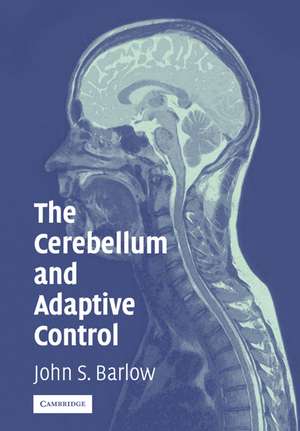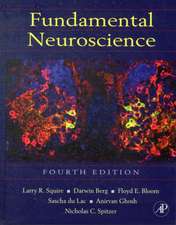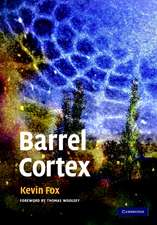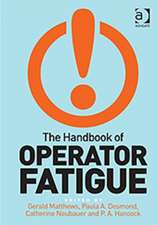The Cerebellum and Adaptive Control
Autor John S. Barlowen Limba Engleză Paperback – 21 aug 2005
| Toate formatele și edițiile | Preț | Express |
|---|---|---|
| Paperback (1) | 355.39 lei 6-8 săpt. | |
| Cambridge University Press – 21 aug 2005 | 355.39 lei 6-8 săpt. | |
| Hardback (1) | 875.74 lei 6-8 săpt. | |
| Cambridge University Press – 30 oct 2002 | 875.74 lei 6-8 săpt. |
Preț: 355.39 lei
Nou
Puncte Express: 533
Preț estimativ în valută:
68.00€ • 71.19$ • 56.27£
68.00€ • 71.19$ • 56.27£
Carte tipărită la comandă
Livrare economică 07-21 aprilie
Preluare comenzi: 021 569.72.76
Specificații
ISBN-13: 9780521018074
ISBN-10: 0521018072
Pagini: 356
Ilustrații: 136 b/w illus.
Dimensiuni: 180 x 252 x 27 mm
Greutate: 0.57 kg
Ediția:Revised
Editura: Cambridge University Press
Colecția Cambridge University Press
Locul publicării:Cambridge, United Kingdom
ISBN-10: 0521018072
Pagini: 356
Ilustrații: 136 b/w illus.
Dimensiuni: 180 x 252 x 27 mm
Greutate: 0.57 kg
Ediția:Revised
Editura: Cambridge University Press
Colecția Cambridge University Press
Locul publicării:Cambridge, United Kingdom
Cuprins
Preface; Part I. Anatomy and Physiology: 1. Introduction; 2. Some aspects of comparative anatomy of the cerebellum; 3. Aspects of the anatomy and physiology of the cerebellar cortex; 4. The mossy fiber afferent system; 5. The inferior olivary system and the climbing fibers; 6. The cerebellar nuclei and their efferent pathways; aspects of voluntary motor learning; Part II. Function: 7. Cerebellar memory, long-term depression (LTD), and long-term potentiation (LTP); 8. The vestibulocerebellum and the oculomotor system; 9. The cerebellum and cognition; 10. Timing functions, classical conditioning, and instrumental conditioning; 11. Some aspects of cerebellar pathology in humans and animals; genetic alterations; 12. Specialized cerebellum-like structures; Part III. Models and Theories: 13. Non-adaptive models, forerunners of adaptive models, and earlier adaptive control models; 14. Neural networks and adaptive control; neural network models; 15. Some specific features of adaptive controllers and adaptive signal processors; 16. Adaptive control models; Part IV. Summary and Conclusions: 17. The cerebellum as an adaptive controller; Appendix; Author's note; Bibliography; Index.
Descriere
This book reinforces the view that the cerebellum functions as an adaptive control system.














